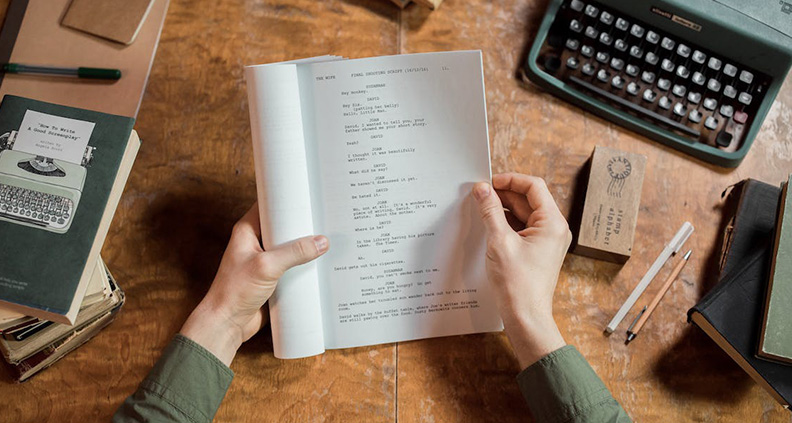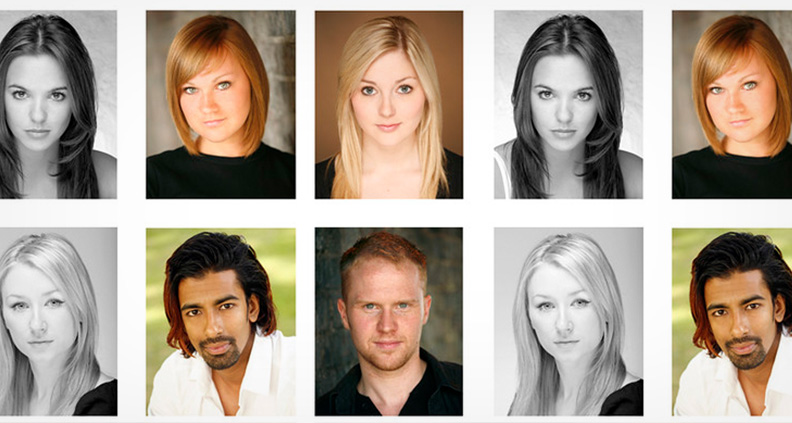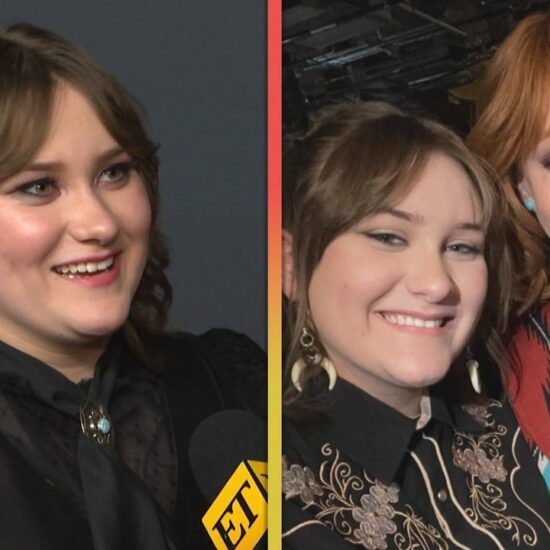
Think about the experience of sitting and watching a movie. What is it about that big, wonderful image that connects with you? If you’re a diehard cineaste the answer might be the film’s cinematography or its use of music, special effects, sound design or something else. But for most audiences, chances are that the primary point of connection is the characters—and probably the actors embodying them.
It’s these performances that we identify with, root against and even lust after. But as much as their agents and managers might care for you to believe otherwise, actors don’t pop up in these roles by accident. Enter the Casting Director.
One of the most important (and unsung) positions on any film crew. the Casting Director is the person responsible for assembling the actors tasked with translating the script’s character description and dialogue into flesh-and-blood.
Below, we’ve collected some of our favorite advice from previous Film Independent “Meet the Casting Director” sessions, held in-person as part of our regular Filmmaker Tuesday events at Fi’s offices in Los Angeles.
OFFER ONLY? BUYER BEWARE.
For most actors, auditioning is an accepted part of the job. Spending long hours obsessively redoing self-tapes, or in dingy waiting room surrounded by other hopefuls (who all sort of look like you) eager to take your part? It’s as much a part of the job as saying lines in front of a camera. But there are some actors who are “offer-only”—meaning they will only consider a role if its offered outright. No auditions, no camera tests and no chemistry reads.
Obviously Tom Cruise isn’t going to take time to read sides for your web series. But sometimes, the “offer-only” mentality can infect performers who only perceive themselves as A-list. “There are some people you just know are offer-only,” explains Julie Hutchinson, who served as 20th Century Fox’s Vice President of Feature Casting (2002-2014) and Senior Vice President of Casting at Universal Pictures, adding: “It’s frustrating when you’re working with actors nobody has ever heard of and they say [they’re] offer only—what?!”
However, Angela Demo (previously featured inVanity Fair as one of their “5 Casting Directors Who Deserve Oscars”) hastens to add that generally if the script is strong enough, smart actors are willing to audition regardless of career level, citing her experience with the gritty docu-drama The Stanford Prison Experiment as an example. “You would not believe the caliber of actors coming through the door,” Demo said of the film (Stanford featured up-and-comers Tye Sheridan and a pre-Flash Ezra Miller, among others.) “It was clear that the passion for the project was there.”
GOING IN COLOR-BLIND.

The casting directors were asked, “When should you push for a more diverse cast when the script itself doesn’t bother to specify a character’s race or gender? This kind of color- and gender-blind casting used to be infrequent, but now occurs with increased regularity. But in fact, nontraditional casting has frequently made Hollywood history—Alien’s Ripley was originally written as a man, for example, and several of Will Smith’s early star-making roles were conceived without an African American actor in mind.
Julia Kim, a Korean-American whose casting director credits include the Film Independent Spirit Award winner Spa Night and Sean Baker’s Starlet, has deep ties to the Korean acting community. “I always try,” she says of the approach. “Really, it’s such a small part of the day just to see if it will work.” Demo adds: “I would bring in a woman [to audition for a male role]. It’s exciting to see what you can do.”
“One of our jobs is putting together a mosaic of different faces,” says Hutchinson. “It makes it interesting to watch.” However, Kim was careful to stress that injecting diversity into movie can be a balancing act. In Spa Night, she was strict about representing the film’s Korean-American milieu accurately, declining to consider other non-Korean Asian actors for Korean roles.
BIG STARS VS. SOBERING REALITY.

Casting a big star in your movie can of course be a surefire route to getting that all-important green light. But unless you’re a major studio securing the talents of name actors to topline your indie movie can be unrealistic. “It’s a challenge to do anything, but if the expectation is that we can only get this done with one of the top five people in town who get offered everything, then I have to manage expectation,” said Kerry Barden, whose credits include Boys Don’t Cry, American Psycho, Bad Boys 2, Pineapple Express and Spirit Award Robert Altman Award winner Spotlight.
“It’s not just the Johnny Depps,” said Kim. “It’s the Dane DeHaans. He may play bit parts in studio movies, but he’s on his way and he’s got a stack of scripts. Using the example, Demo stressed the importance of remaining flexible when considering other actors: “It’s great to have Dane DeHaan as a prototype, but let’s see who else is out there.”
Matthew Lessall, former Director of Feature Film Casting at 20th Century Fox, asked the panel how they knew if the group of actors they put together would be star-studded enough to satisfy the film’s director and producers. Demo admits: “You want some people that the audience knows so that they see the film, but it’s a balancing act.” Says Hutchinson: “It’s a fine dance between art and commerce. Sometimes you have to make concessions. You just hope that you don’t have to compromise too much.”
TAKE ONE, SQUARE ONE.

Lessall asked the casting directors if their directors enjoy being part of the audition process. Kim answers: “Yes, I work with lots of writer/directors who love hearing their words come to life.” Barden, who has worked extensively with Mary Harron, explained that the American Psycho and Daliland director “uses auditions as a tool to see what works and what doesn’t,” adding that during the process of casting 2005’s The Notorious Bettie Page, Harron “cut entire scenes [that weren’t] working. By the time we got to set there were scenes that were 100% different.”
Lessall then asked the panel if it was more fun to cast a film from scratch, or to spin a film’s ensemble out from one or two key attachments. “It’s fun to start from square one,” says Barden. “On Winter’s Bone we didn’t have anyone cast. We cast Jennifer Lawrence first and built out from there,” he said of the actor’s star-making turn in the 2010 indie. He adds: “When you see who the first person [who signs on] is, you sort of know what you’re going to get,” stressing that often, the first piece of the puzzle to fall into place will often dictate the caliber of talent signing on to the project moving forward.
“Pitch Perfect is the perfect example of starting from scratch,” says Hutchinson. “Anna [Kendrick] came in and auditioned with her ‘Cups’ song, and Rebel [Wilson] was always the director’s thought.”
The panel agreed that their community is a tight-knit one and that camaraderie—rather than competition—is what drives the process of placing the right actors in the right roles. “We’re a family,” says Hutchinson of herself and her peers. “We’re all in it together.”
Film Independent promotes unique independent voices by helping filmmakers create and advance new work. To become a Member of Film Independent, just click here. To support us with a donation, click here.
Want to receive screeners and vote for the winners of the 2024 Film Independent Spirit Awards? Join. Watch. Vote.














